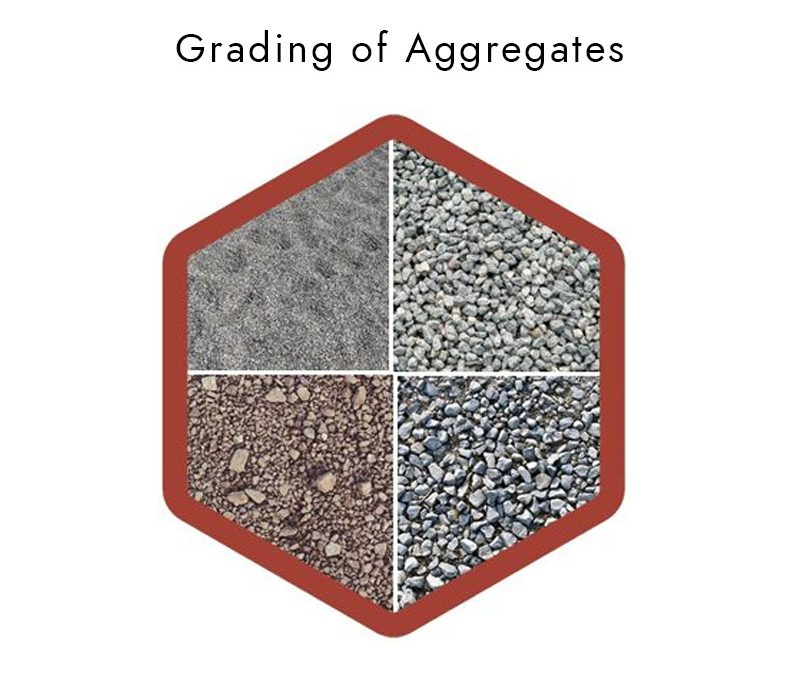Grading of aggregates is the process of determining the particle size distribution of an aggregate. This is an important process in the construction industry as it helps ensure that the aggregate used in concrete or other construction materials is of the appropriate size and meets the required specifications.
Here are the steps to follow when grading aggregates:
Obtain the Aggregate Sample
The first step in grading aggregates is to obtain a sample of the aggregate you want to grade. The sample should be representative of the entire aggregate batch or stockpile.
Dry the Aggregate Sample
Next, the aggregate sample should be dried to remove any moisture. This can be done by spreading the sample out on a clean, flat surface and allowing it to air dry for at least 24 hours.
Separate the Aggregate by Size
Once the sample is dry, it needs to be separates by size. This can be done using a series of sieves that have different mesh sizes. The sieves are stack on top of each other with the largest mesh size at the top and the smallest at the bottom.
Place the Aggregate on the Sieves
The aggregate samples then place on the top sieve, and the sieves are shaken by hand or using a mechanical shaker. This causes the smaller particles to pass through the sieve and onto the sieve below, while the larger particles remain on the top sieve.
Weigh the Aggregate Retained on Each Sieve
After shaking the sieves, the aggregate retained on each sieve should weigh. This gives you the weight of aggregate for each size range.
Calculate the Percent Retained and Percent Passing
The next step is to calculate the percent retained and percent passing for each sieve. To do this, divide the weight of aggregate retained on each sieve by the total weight of the sample, then multiply by 100. The percent passing can calculate by subtracting the percent retained from 100.
For example, if you had a sample of 1000 grams of aggregate, and the weight of aggregate retained on the 4.75 mm sieve was 150 grams, the percent retained on that sieve would be (150/1000) x 100 = 15%. The percent passing would be 100 – 15 = 85%.
Plot the Results on a Grading Curve
The final step is to plot the results on a grading curve. This is a graph that shows the percent passing on the vertical axis and the particle size on the horizontal axis. The grading curve use to determine if the aggregate meets the required specifications for a particular use.
It’s important to note that different grading curves are use for different types of construction materials. For example, a grading curve for concrete aggregate will be different from a grading curve for asphalt aggregate.
In conclusion, grading of aggregates is an important process in the construction industry that ensures the quality of construction materials. By following the steps outlined above, you can accurately determine the particle size distribution of an aggregate and ensure that it meets the required specifications for its intended use.

